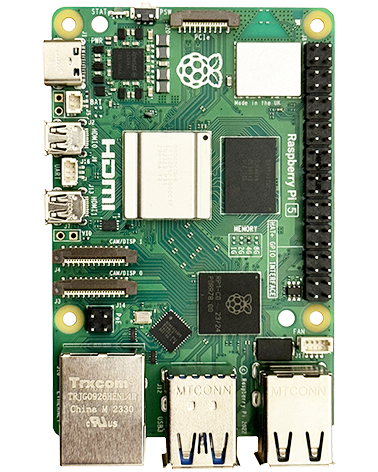Enabling The I2C Port
Via the desktop GUI
In the desktop GUI select the Start button > Preferences > Raspberry Pi Configuration
Select the interfaces tab and then select the relevant option.
Via the config file
Use the sudo raspi-config
config tool:
sudo raspi-configSelect ‘Interface Options’ and then select the relevant option.
USEFUL?
We benefit hugely from resources on the web so we decided we should try and give back some of our knowledge and resources to the community by opening up many of our company’s internal notes and libraries through resources like this. We hope you find it helpful.
Please feel free to comment if you can add help to this page or point out issues and solutions you have found, but please note that we do not provide support here. If you need help with a problem please use one of the many online forums.


8 years ago
With latest Jessie release, the raspi-config menu option is 5 Interfacing Options for enabling I2C, not 7 Advanced options.
10 years ago
If I attach a Sense HAT to the pi, can I still use I2C? Thank you.